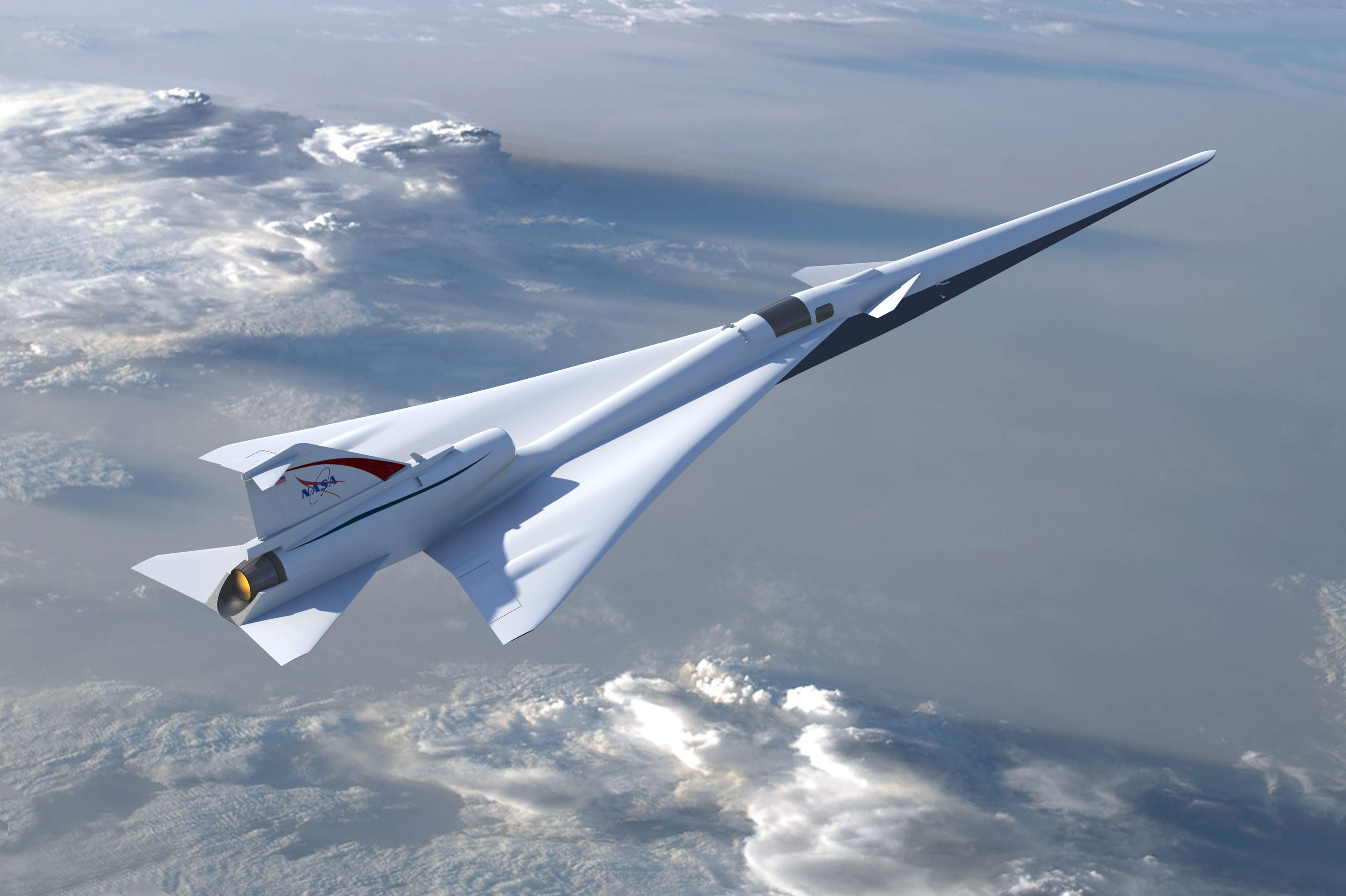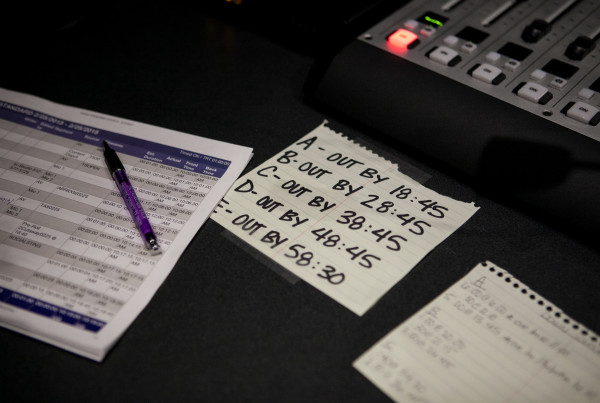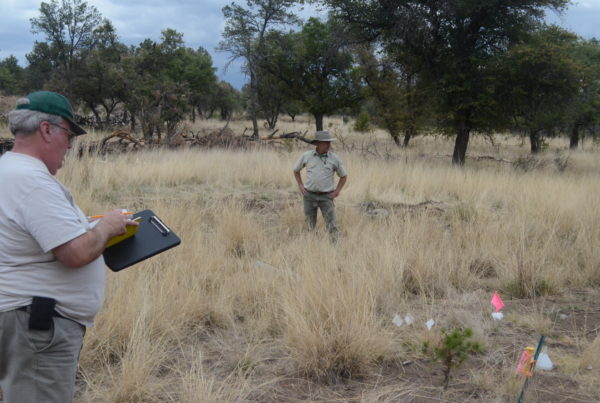There’s been plenty of coverage about the Texas bullet train promising trips between Dallas and Houston in 90 minutes. But what about traveling between New York and London in couple of hours? Decades after the first supersonic flight, we haven’t made much progress toward quicker air travel. But this week, NASA announced it’s one step closer to a better passenger supersonic plane.
The first supersonic passenger plane, the Concorde, made its maiden flight in 1969. Commercial flights soon followed, becoming routine throughout the next decades. But the U.S.-Europe race to compete for supersonic transport eventually hit a wall amid complaints about the noise pollution – sonic booms – caused by the aircraft. When the Concorde was finally grounded in 2003, some saw aviation take a step backward.
Reducing the plane’s loud shockwaves became NASA’s main goal.
“NASA, for the last 30 years, probably 40 years, has really worked a lot of supersonic technologies and so, we’ve worked the tools and techniques to get that sonic boom down,” says NASA’s David Richwine, project manager for the Quiet Supersonic Transport (QueSST) aircraft design.
Now NASA and lead contractor Lockheed Martin team have transformed the aircraft’s boom to what Richwine calls “more like a heartbeat.”
“If you’re in a standard residential structure or outside in the community,” Richwine says, “you’d probably just hear something maybe like somebody slamming a door lightly next door.”
More sensitivity to the public’s dislike of the the plane’s noise and recent rapid advances in computational abilities have contributed to the strides in technology.
Another change affects one of the original aircraft’s most iconic features – the Concorde’s heavy, downward-pointing nose. The sloped design allowed the Concorde’s pilots to see out their windows. To compensate for the newer plane’s straighter nose, QueSST instead uses external vision technology.
“We’ve come up with some external vision systems where we use cameras to have essentially this see-and-avoid capability that you need today,” Richwine says.
The future of supersonic passenger travel is on the horizon. Richwine expects the regulatory changes necessary to get the project off the ground to happen in the next 10 years. Meanwhile, companies around the world are also developing their own commercial supersonic designs, and Richwine predicts these aircraft will hit the market sooner.
Written by Louise Rodriguez.
















